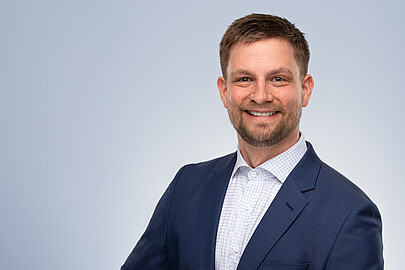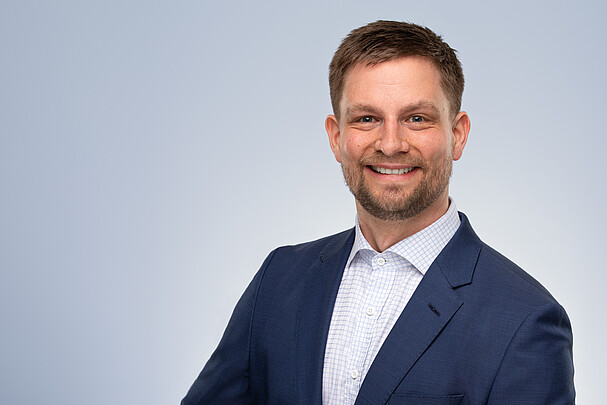


Owing to the Einstein Equivalence Principle, inertial noise coupling to the reference mirror of an atom interferometer causes phase contributions ambiguous to those caused by accelerations acting on the atomic matter wave. Due to an omnipresent seismic background, be it from anthropogenic or natural origin, this issue currently limits the short-term stability of all state-of-the-art gravimeters. Better seismic isolation through utilization of passive or active mechanical spring systems is a complex task pursued by many groups and companies, and, on the scientific side, first and foremost driven by the requirements of gravitational wave detectors. Especially transportable devices such as atom gravimeters for applications in geodesy, however, are strongly challenged by the complex procedures when setting up and tuning seismic isolators; an almost impossible undertaking in every day operation in field.
Since about a decade, atom interferometry groups around the world have pioneered methods in which auxiliary broadband motion sensors such as seismometers or accelerometers are combined by sensor fusion protocols with the atom interferometer to benefit from each subsystem’s individual strengths. By making use of the sensitivity formalism, the tracked motion of the inertial reference mirror induced by spurious vibrations can be translated into a phase correction applicable to each atom interferometer shot. This increases its operating regime beyond the linear range, can help to avoid dead time, and improves a system’s overall dynamic range. Similarly, these protocols have also been implemented in a real-time feed forward fashion.
Typically, the employed auxiliary motion sensors are commercial products and do not unconditionally meet the requirements for post-correction of atom interferometers: while cheap and compact MEMS sensors currently have too high self-noise or too limited bandwidth to significantly improve on the hybrid sensor’s noise floor, high-end sensors from seismology are expensive and subject to rather bulky form factors, which also limit the ability to establish ideal mechanical transfer functions to the inertial reference mirror.
Research Goals
- Development of novel hybrid sensing systems
- Further miniaturization towards chip-scale atom gravimeters
- Enhancement of matter wave interferometers through opto-mechanical resonators (collaboration with Dr. Felipe Guzmán)
Coordinators


30167 Hannover




